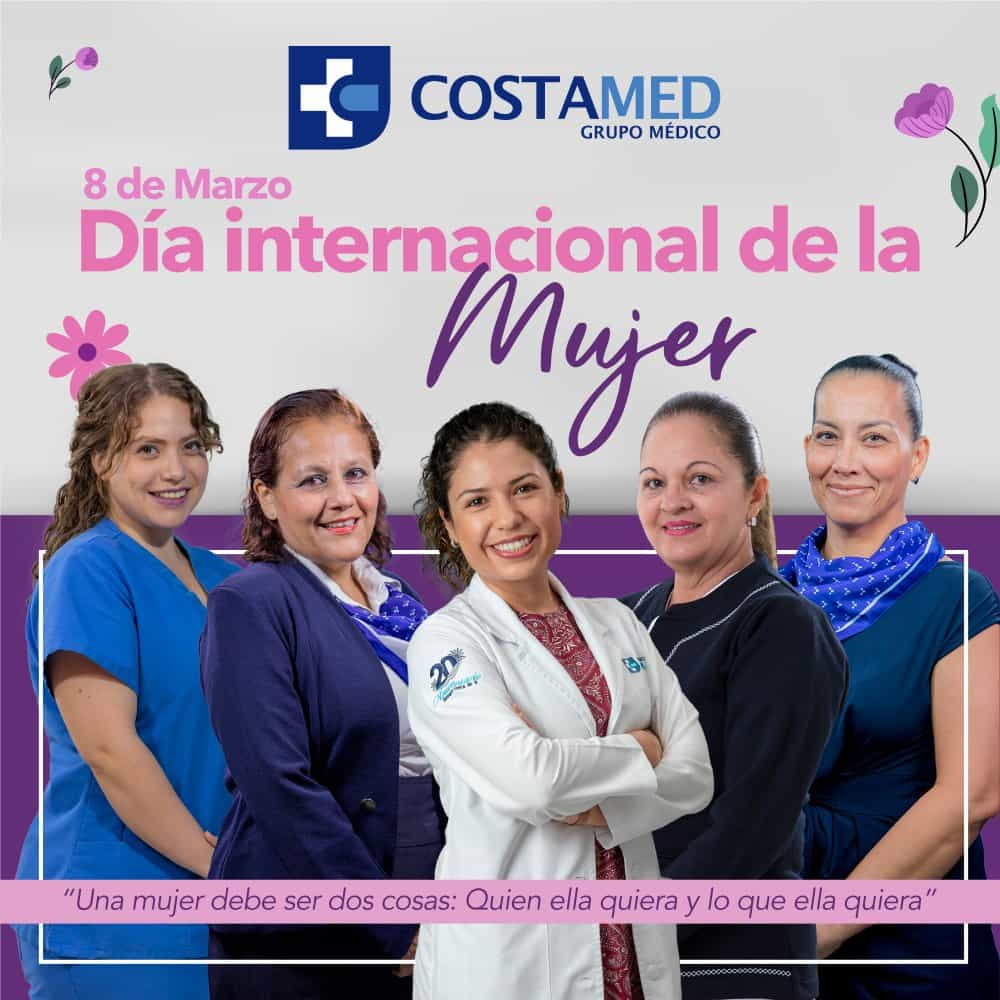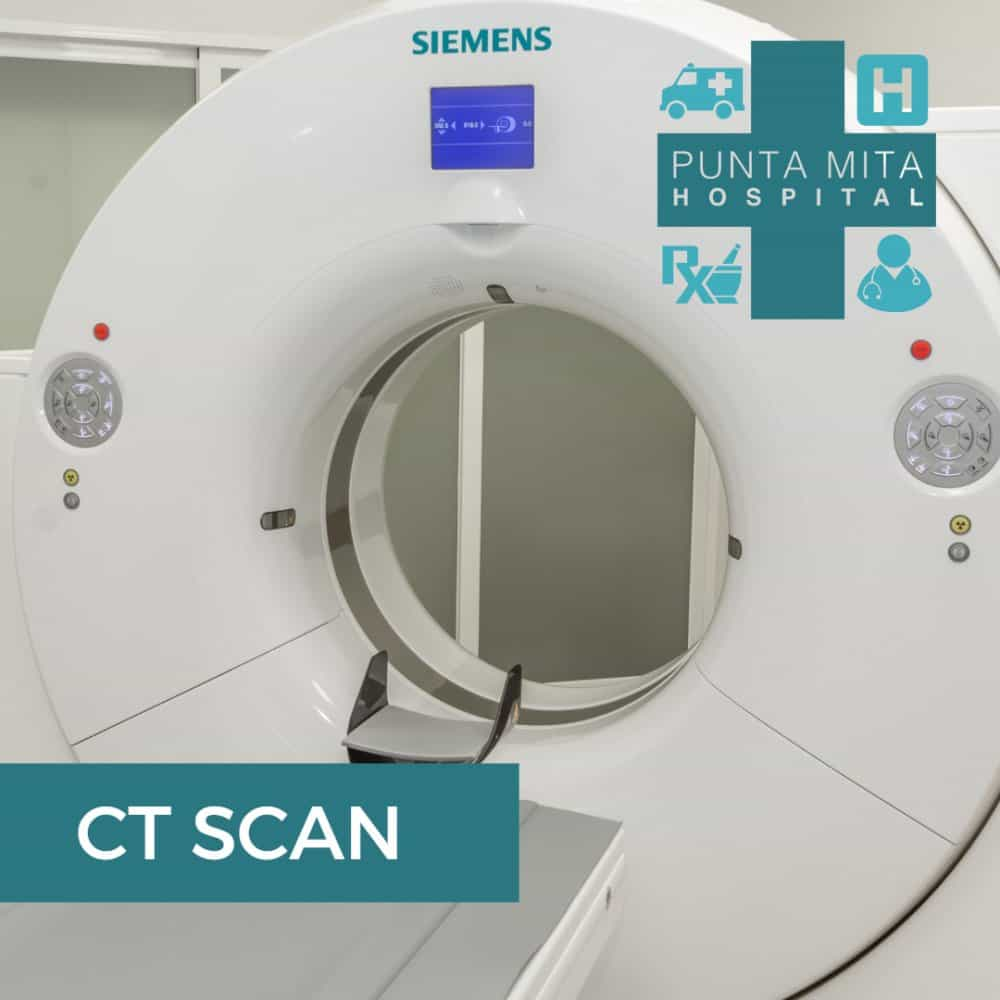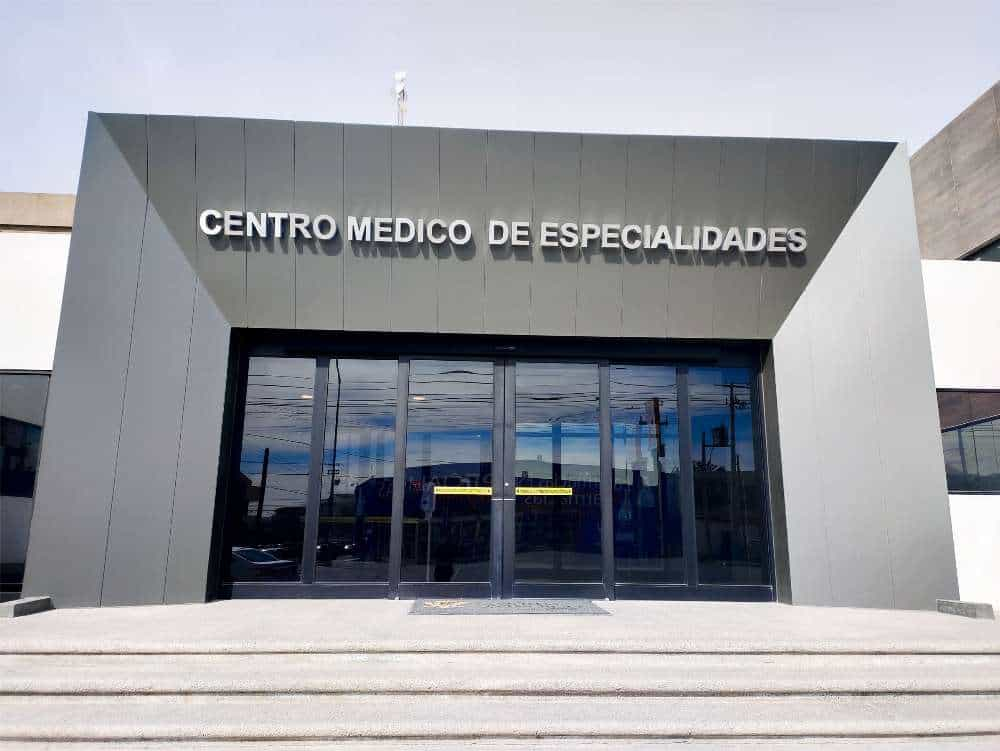Heart Disease -Number One Cause of Death for Women
 The statistics are alarming: The statistics are alarming:
Heart disease causes more deaths for women than numerous forms of cancer combined, including breast cancer. According to the National Institutes of Health, heart disease is not only ranked as the leading cause of female disabilities, but the major killer of women in the United States.

Heart Disease in Women
One of the most common forms of heart disease in women is a narrowing of the arteries or blockage of coronary arteries that serve the heart muscle. Called coronary artery disease, such narrowing or blockages happen slowly, sometimes over years without any symptoms. That?s why heart disease, for men and women, is known as the ?silent killer?. Narrowed or blocked coronary arteries are also the major cause of heart attacks. The National Institutes of  Health has also determined that nearly two thirds of women who experience a heart attack fail to make complete recoveries. Health has also determined that nearly two thirds of women who experience a heart attack fail to make complete recoveries.
Alarming statistics show that women are more likely to develop heart disease as they age, but prevention starts early through the practice of healthy living habits. According to statistics, nearly 42 million American women live with cardiovascular disease today. While many women fear breast cancer and other forms of cancer as a major enemy, over 400,000 women die from some form of cardiovascular disease on a yearly basis, and nearly 200,000 of those women die from heart attacks. That's five times the number of women that succumb to a disease that is not classified as a cancer.

Dealing with the Problem
Facts show that many women, as caregivers, nurturers, and health advocates in their family, tend to spend much of their time worrying about other family members rather than themselves. Because signs and symptoms of heart disease are not often diagnosed until a cardiac event occurs, women tend to ignore their own health ? until something happens. This is especially true regarding heart disease, as many women still believe that heart disease is a ?man?s disease?.
Some women will enter that danger zone at menopause, due to a decreasing level of estrogen, a hormone in women that reduces the risk of heart disease. However, once estrogen levels decline, their risk of heart disease can level that of man. Studies have shown that one in eight women between 45 years and 64 years of age have some  type of heart or cardiac disease, and that number reduces to one in four by the time a woman reaches the age of 65. type of heart or cardiac disease, and that number reduces to one in four by the time a woman reaches the age of 65.

Diagnostics and Treatments for Heart Disease
Numerous diagnostic tests can determine and diagnose heart disease, including stress tests, EKGs, and cardiac catheterization procedures. Nuclear scans may also be recommended, as can an echocardiography test, which measures the volume of blood pumped by your heart.
A number of treatments and approaches to heart disease are available today, including blood pressure medications, anticoagulants to prevent blood clots from forming, as well as a low-dose aspirin regimen. Prescription medications range from nitrates that relieve chest pain to digitalis, which increases heart-pumping function. Surgery to open as well as replace damaged or clogged arteries is also an option.
The key is to avoid the necessity for treatments for heart disease. Keep track of your help, watch your diet, and maintain a healthy weight to give yourself a greater chance of healthy and optimal heart function as you age.
In order to reduce your chance of developing heart disease, follow basic steps that include but are not limited to knowing and maintaining a healthy blood pressure, maintaining a healthy weight by eating properly and exercising regularly. A diet rich in fruits and vegetables is beneficial and helps to keep bad cholesterol levels down. Avoid smoking and get tested for diabetes as you age, and if you have been diagnosed with diabetes, keep it under control through careful attention to diet and exercise.


|




